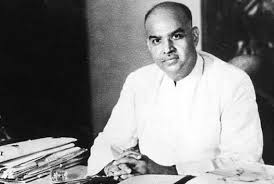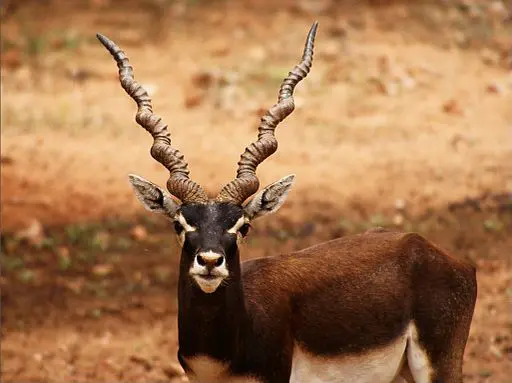West Bengal Switch to Hindi
Death Anniversary of Dr. Syama Prasad Mukherjee
Why in News?
The Vice-President of India, Shri Jagdeep Dhankhar, paid homage to Dr. Syama Prasad Mukherjee on his death anniversary (24th June).
Key Points
- About & Achievements:
- Syama Prasad Mukherjee was born into a Bengali Hindu family on 6th July 1901, in Calcutta.
- He was an Indian politician, barrister, and academician who served as the Minister for Industry and Supply in Prime Minister Jawaharlal Nehru's cabinet.
- He started "Bang Wani", a Bengali journal, in 1922 and The Nationalist in 1940’s.
- At the age of 33, Syama Prasad Mukherjee became the youngest vice-chancellor of Calcutta University in 1934 and held the office till 1938.
- Post Independence:
- He supported the partition of Bengal in 1946 to prevent the inclusion of its Hindu-majority areas in a Muslim-dominated East Pakistan
- He also opposed a failed bid for a united but independent Bengal made in 1947 by Sarat Bose, the brother of Subhas Chandra Bose, and Huseyn Shaheed Suhrawardy, a Bengali Muslim politician.
- He founded the Bharatiya Jana Sangh (BJS), the predecessor of the modern-day Bharatiya Janata Party (BJP), and became its first President.
- He was against Article 370 and such other restrictions barring entry into Jammu and Kashmir without prior permission.
- He was in favour of the complete integration of the State of J&K with the Indian Union.
- He supported the partition of Bengal in 1946 to prevent the inclusion of its Hindu-majority areas in a Muslim-dominated East Pakistan
- Death:
- He died in mysterious circumstances during detention in June 1953 while protesting against the special status given to Kashmir.


Madhya Pradesh Switch to Hindi
Blackbuck Poaching in Madhya Pradesh
Why in News?
A blackbuck was found dead after a group of hunters opened fire on a herd of the animals in Shajapur district, Madhya Pradesh.
- The Forest Department has registered a case under the Wildlife Protection Act, 1972.
Note: According to a 2022 report by the Wildlife Crime Control Bureau (WCCB), 139 endangered blackbucks were killed across 13 states between 2008 and 2018.
- Madhya Pradesh reported the highest number of these killings, followed by Karnataka and Uttar Pradesh.
Key Points
- About:
- The Blackbuck (Antilope cervicapra), or the Indian Antelope, is a species of antelope native to India and Nepal.
- It is widespread in Rajasthan, Gujarat, Madhya Pradesh, Tamil Nadu, Odisha, and other areas throughout peninsular India.
- It is considered as the epitome of the grassland.
- It is considered to be the fastest animal in the world, next to the Cheetah.
- The blackbuck is a diurnal antelope (active mainly during the day).
- The Blackbuck (Antilope cervicapra), or the Indian Antelope, is a species of antelope native to India and Nepal.
- Recognition:
- It has been declared as the State Animal of Punjab, Haryana, and Andhra Pradesh.
- Cultural Importance:
- It is a symbol of purity for Hinduism as its skin and horns are regarded as a sacred object. For Buddhism, it is a symbol of good luck.
- Protection Status:
- Wildlife Protection Act, 1972: Schedule I
- IUCN Status: Least Concern
- CITES: Appendix III
- Threats:
- Habitat Fragmentation, Deforestation, Natural Calamities, Illegal Hunting.
- Related Protected Areas:
- Velavadar Blackbuck Sanctuary: Gujarat
- Point Calimere Wildlife Sanctuary: Tamil Nadu
- Kanha National Park: Madhya Pradesh
- Tal Chhapar Sanctuary: Rajasthan
- In 2017, the Uttar Pradesh State Government approved the plan of setting up the Blackbuck Conservation Reserve in the trans-Yamuna belt near Prayagraj.
- It would be the first conservation reserve dedicated to the blackbuck.

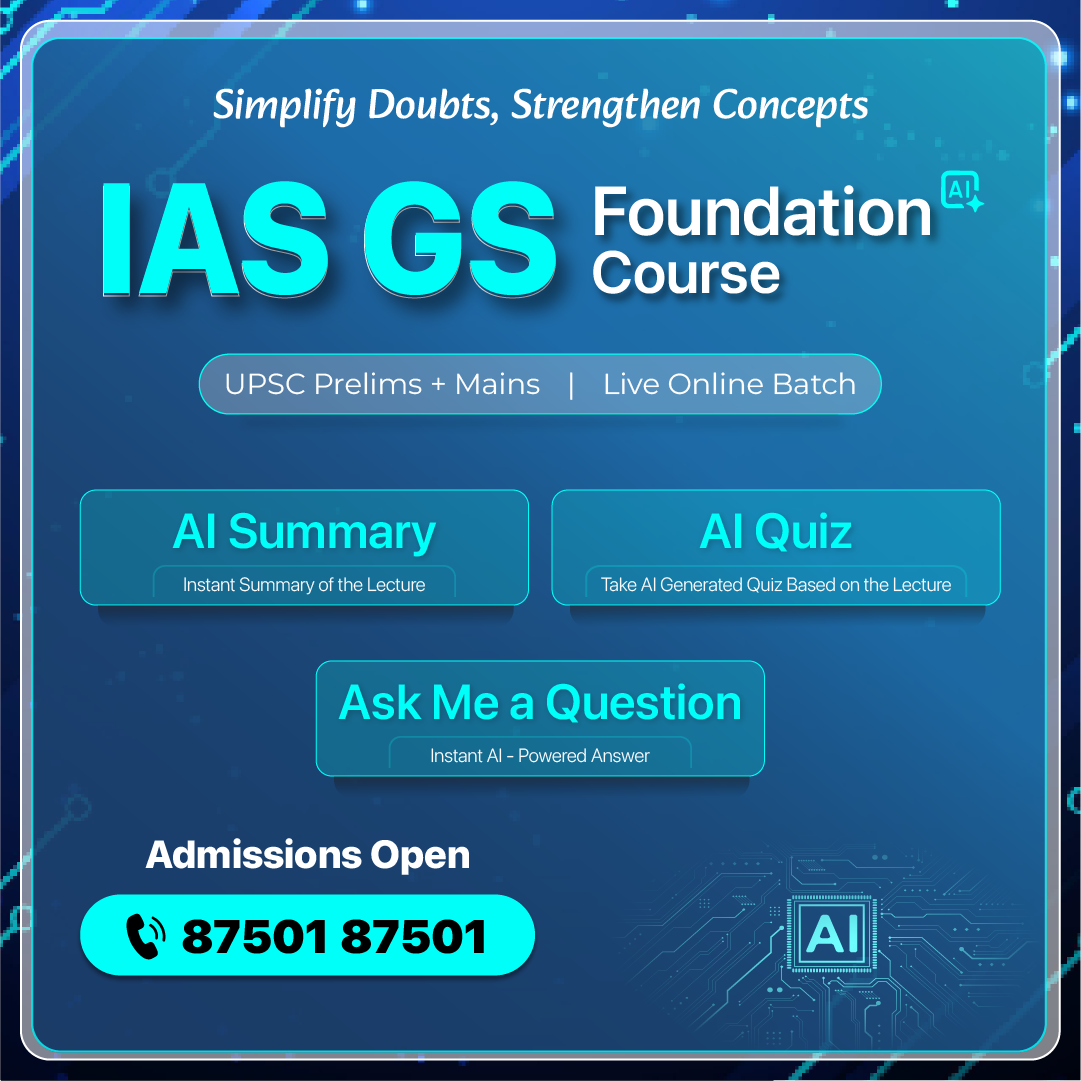
Rajasthan Switch to Hindi
Seed Festival 2025
Why in News?
The four-day-long Beej Utsav (Seed Festival) 2025, held in the tribal tri-junction of Rajasthan, Madhya Pradesh, and Gujarat, celebrated the cultural and ecological significance of indigenous seeds.
- Indigenous seeds are produced in a certain climate and location, and they are often managed by a group of local people.
Key Points
Major Highlights of the Seed Festival
- Events & Recognition:
- The festival featured indigenous seeds of grains, pulses, vegetables, and fruits, including several rare and forgotten varieties.
- Traditional fruit seeds included wild mango, Aakol and Timru, while traditional grains included Doodh Mogar (native maize), and the paddy varieties of Kali Kamod and Dhimri.
- Recognition through awards such as Beej Mitra and Beej Mata to seed-preserving community members.
- The festival featured indigenous seeds of grains, pulses, vegetables, and fruits, including several rare and forgotten varieties.
- Participation:
- Tribal women and children actively engaged, learning techniques of seed preservation for multiple crop cycles.
- Institutional Support:
- Community-led institutions, including Krishi Evam Adivasi Swaraj Sangathan, Gram Swaraj Samooh, Saksham Samooh, and Bal Swaraj Samooh were instrumental in organising the festival.
- They were supported by Banswara-based voluntary group Vaagdhara, which works on tribal livelihood issues.
Note: Vaagdhara is a non-profit organisation that operates under the Rajasthan Societies Registration Act, 1958.
- The name Vaagdhara is derived from its working area, Vagad, which is the tribal region of Rajasthan bordering Gujarat, and Dhara, meaning stream.
Significance of Indigenous Seeds in Sustainable Agriculture
- Seed Sovereignty: Empowering farmers to retain control over seeds, reducing dependence on expensive, chemical-intensive hybrid seeds.
- Climate Resilience: Indigenous seeds are often better adapted to local agro-ecological conditions, ensuring crop sustainability amid climate variability.
- Cultural Identity: Seeds like Kali Kamod rice, Doodh Mogar maize, and karingda melon hold cultural and nutritional value in tribal food systems.
- Low-Input Farming: These seeds require fewer chemical inputs, promoting eco-friendly and cost-effective agriculture.

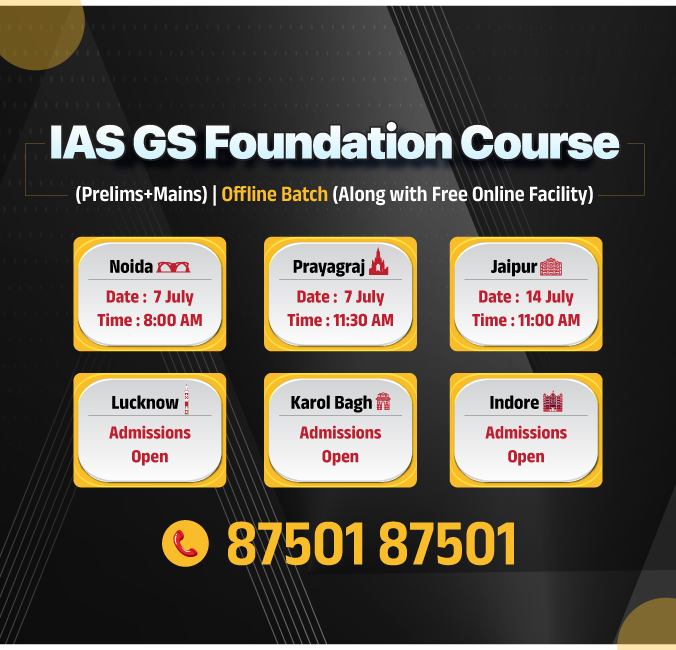
Haryana Switch to Hindi
Vehicle Location Tracking Devices (VLTDs) under Nirbhaya Framework
Why in News?
In a significant move to enhance safety on public transport, the Haryana government has decided to equip all public transport vehicles with Vehicle Location Tracking Devices (VLTDs).
Key Points
Vehicle Location Tracking Devices (VLTDs)
- About:
- Developed under the Nirbhaya framework by the Ministry of Road Transport and Highways, VLTDs provide real-time location tracking and emergency alert features.
- Integration:
- The system will be integrated with the emergency response service (112) for swift action in distress situations.
- Significance:
- The introduction of VLTDs is expected to be a milestone in creating a safer transport environment for women and children, offering an additional layer of security and accountability.
Nirbhaya Framework
- The Nirbhaya Framework refers to a series of safety initiatives introduced by the Indian government to enhance the safety and security of women, particularly in the wake of the 2012 Delhi gang rape incident.
- Nirbhaya Fund: The Government established the Nirbhaya Fund to support projects enhancing the safety and security of women.
- The Ministry of Women and Child Development serves as the nodal authority for reviewing and recommending proposals and schemes for funding under this fund.
- 112 Helpline Service: An initiative under the Nirbhaya funds scheme for ensuring the safety of women and children. Emergency Response Support System (ERSS) is a pan-India single-number-based emergency response system for citizens in emergencies.
- It is an integration of police (100), fire (101) and women (1090) helpline numbers.
- Criminal Law (Amendment) Act, 2013: Also known as the Nirbhaya Act, it strengthened penalties for sexual offenses, introduces the death penalty for repeat rape offenders, and enhances provisions for the protection of survivors, including stricter definitions and punishments for crimes such as rape, stalking, and harassment.
- Nirbhaya Fund: The Government established the Nirbhaya Fund to support projects enhancing the safety and security of women.
Initiatives Related to Women Safety in India
- International Conventions: India ratified key international conventions, including the Convention on the Elimination of All Forms of Discrimination Against Women (CEDAW) in 1993.
- India also endorsed the Mexico Plan of Action (1975) aimed at full gender equality and ending gender discrimination and the UN General Assembly Session on Gender Equality and Development and Peace for the 21st century.
- National Policy for the Empowerment of Women, 2001: Aims for women's advancement and empowerment, addressing violence against women and providing mechanisms for prevention, assistance, and action.
- Protection of Women from Domestic Violence Act, 2005: Provides support for women victims of domestic violence, including shelter and medical facilities, with mandatory Protection Officers.
- Sexual Harassment of Women at Workplace (Prevention, Prohibition and Redressal) (PoSH) Act, 2013: The POSH Act addresses sexual harassment faced by women in the workplace, aiming to ensure a safe work environment.
- Protection of Children from Sexual Offences (POCSO) Act, 2012: Protects children from sexual offences, providing a legal framework for their protection and ensuring strict penalties for offenders.


Rajasthan Switch to Hindi
Plug and Play Facility to Boost MSME Growth in Rajasthan
Why in News?
Rajasthan's government, through the Rajasthan State Industrial Development and Investment Corporation (RIICO), has announced the early allotment of ready-to-operate industrial spaces at the newly constructed Plug and Play facility in Sitapura Special Economic Zone (SEZ), Jaipur.
The goal is to provide MSMEs with pre-built industrial spaces that are fully equipped with the necessary infrastructure for seamless operations.
Note: To highlight Rajasthan’s industrial growth, the government is organizing the 'Rising Rajasthan: Partnership Conclave 2025' in Jaipur on 11th-12th December.
Key Points
Plug and Play Facility
- About:
- ‘Plug and play’ concept normally refers to ready facilities in terms of building, power-water-sewage connectivity, road connectivity, besides other basic things, including clearances in hand required to start the industry.
- Significance for MSMEs and New Startups:
- Affordability: The plug-and-play model allows small investors and MSMEs to access high-quality industrial spaces with minimal initial capital investment.
- Ease of Access: The facility simplifies the process for new businesses to establish operations quickly without the need to develop infrastructure independently.
- Support for Growth: The state government aims to foster entrepreneurship, provide opportunities for small industries, and create a self-reliant business environment in Rajasthan and other states.
- Sustainability: This initiative complements the country’s broader goal of attracting MSMEs, particularly in light manufacturing, to bolster the overall economy.
Special Economic Zones (SEZ)
- About: A SEZ is a duty-free enclave treated as foreign territory for the purpose of trade, tariffs, and operations. Any private/public/joint sector or State Government or its agencies can set up an SEZ.
- SEZs were first introduced in India in 2000 under the Foreign Trade Policy, replacing the earlier Export Processing Zones (EPZs). They are governed by the SEZ Act, 2005 and SEZ Rules, 2006.
- SEZ Types: The area under SEZ includes a wide range of zone types, such as Export Processing Zones (EPZ), Free Zones (FZ), Industrial Estates (IE), Free Trade Zones (FTZ), Free Ports, Urban Enterprise Zones, and others.
- Currently, 276 SEZs are operational in India. Total exports from SEZs in 2023-2024 stood at USD 163.69 billion.
- E.g., Gujarat International Finance Tec-City (GIFT City, India).
- Objective:
- To create additional economic activity
- To boost the export of goods and services
- To generate employment
- To boost domestic and foreign investments
- To develop infrastructure facilities
Rajasthan State Industrial Development and Investment Corporation (RIICO)
- It is a government enterprise incorporated under the Companies Act, 1956 in 1969 as Rajasthan State Industrial & Mineral Development Corporation (RSIMDC) and bifurcated into Rajasthan State Industrial Development & Investment Corporation Limited (RIICO) and Rajasthan State Mineral Development Corporation (RSMDC) on 1st January 1980.
- RIICO has pioneered the industrialisation of the State of Rajasthan by setting up industrial areas.
- RIICO also acts as a financial institution by providing loans to large, medium, and small-scale projects.




.png)



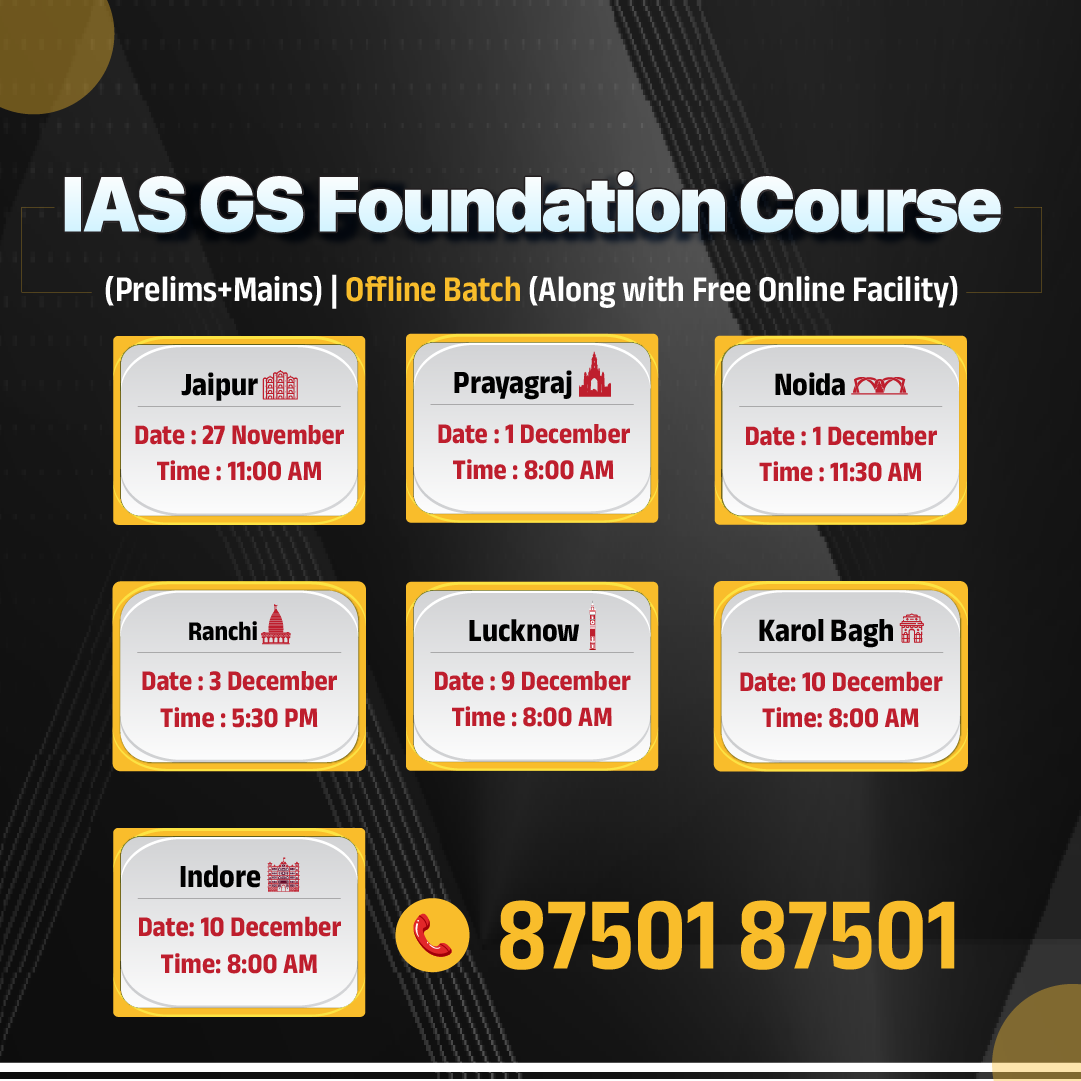
.jpg)
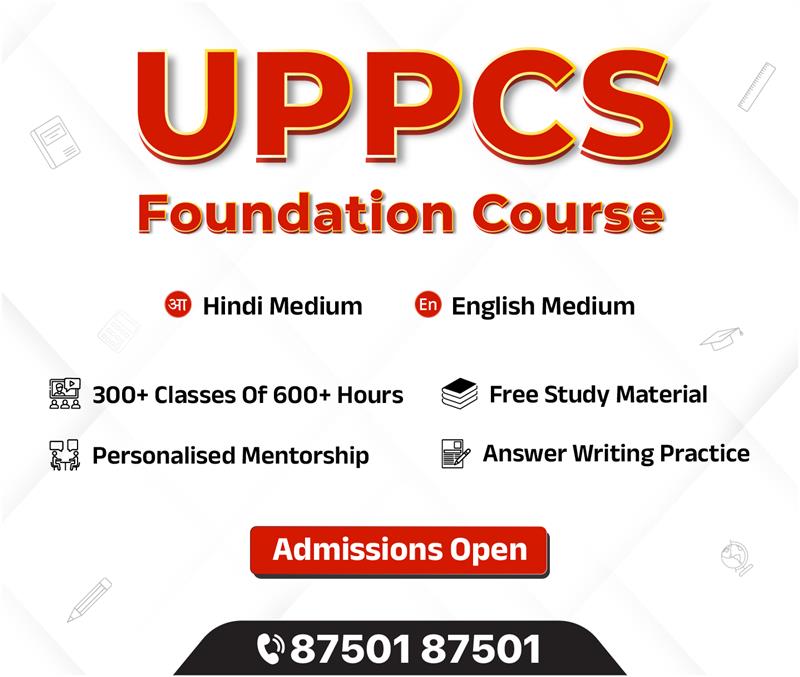



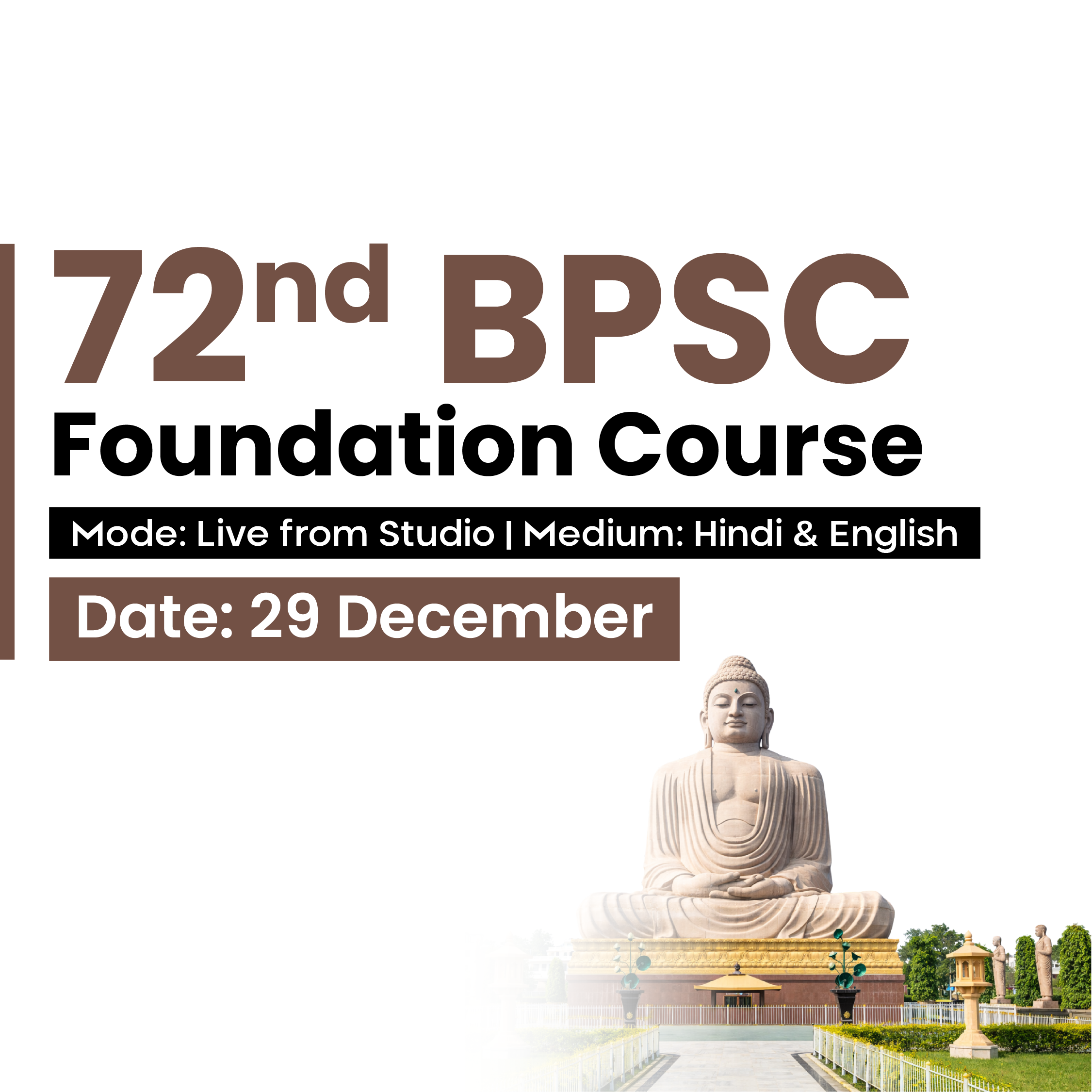

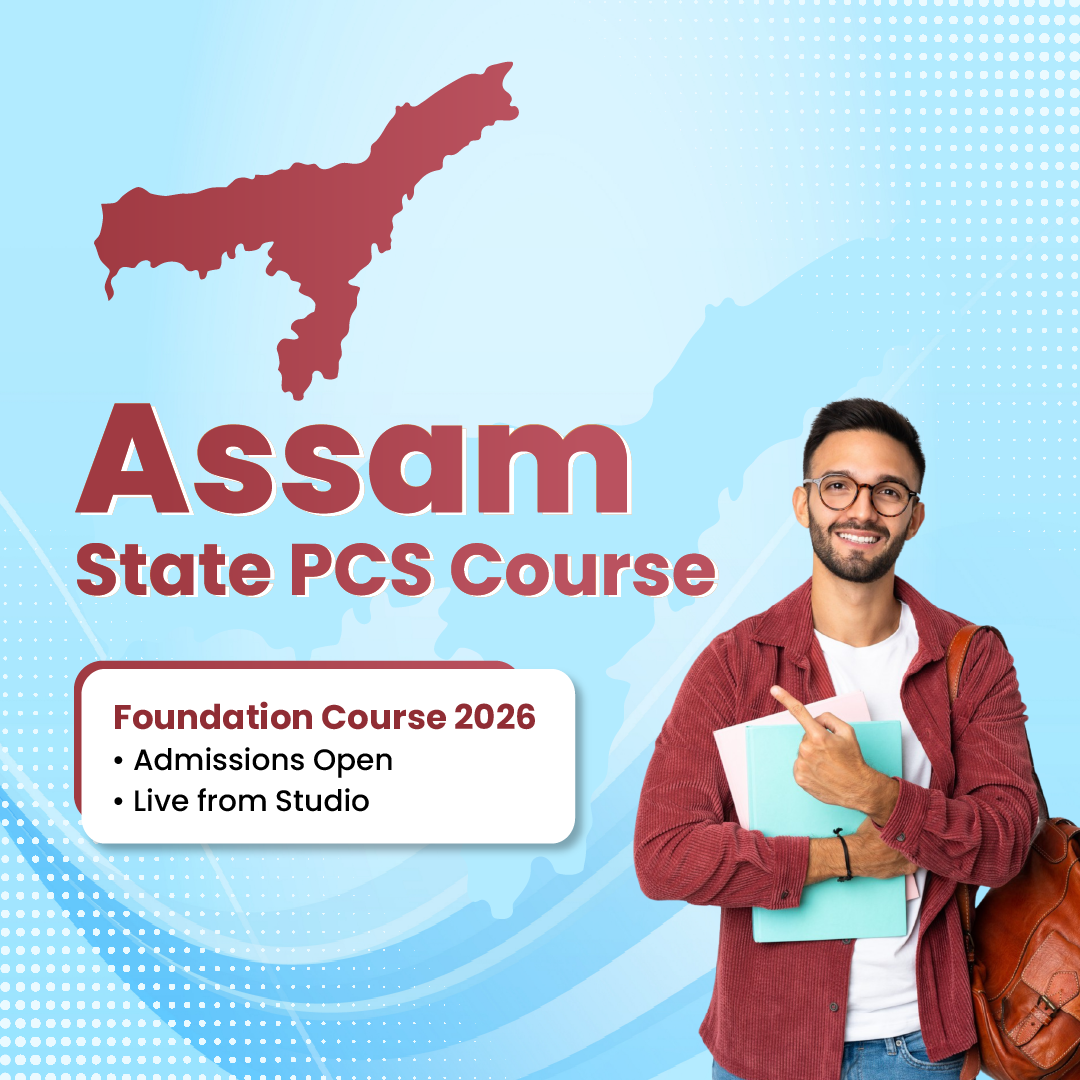

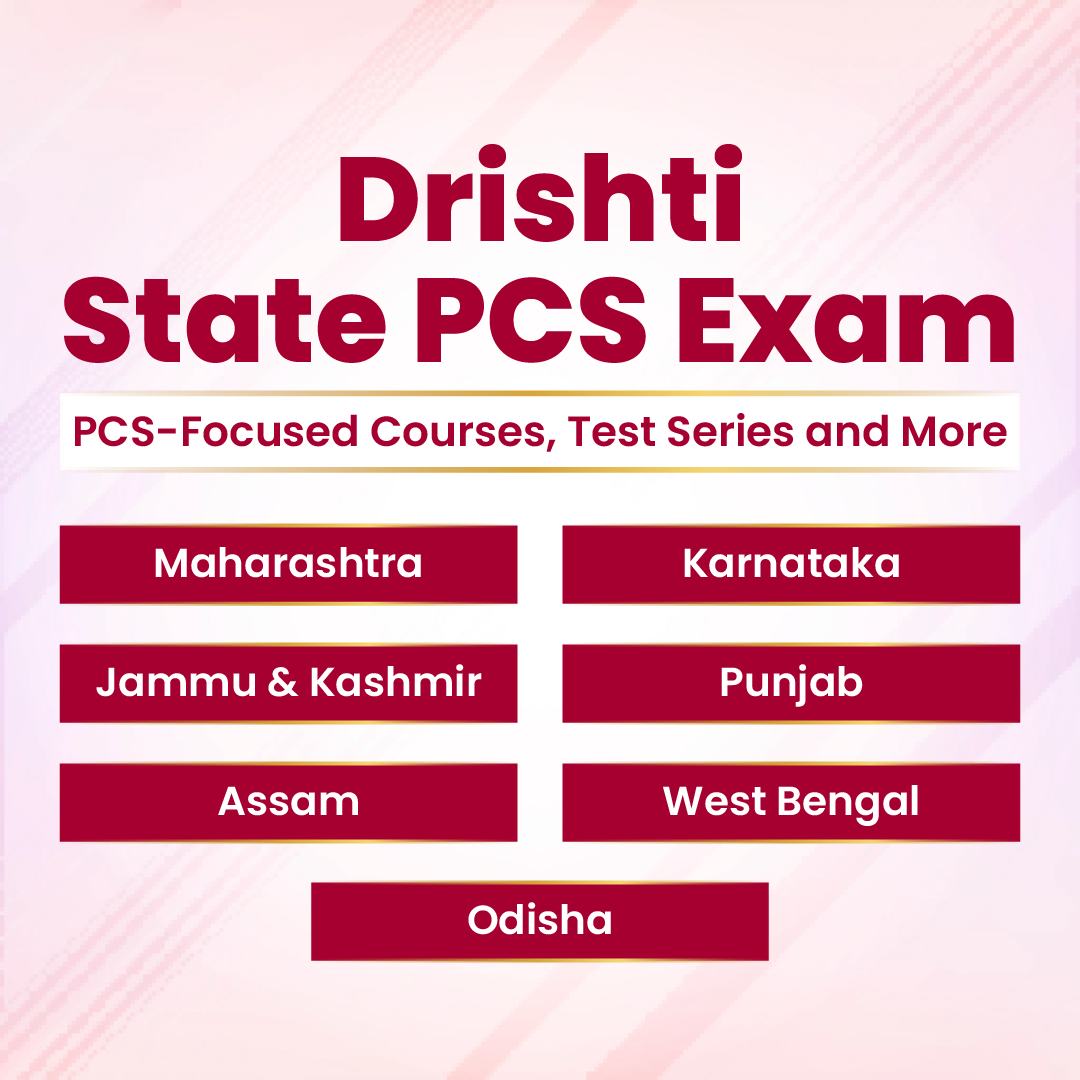

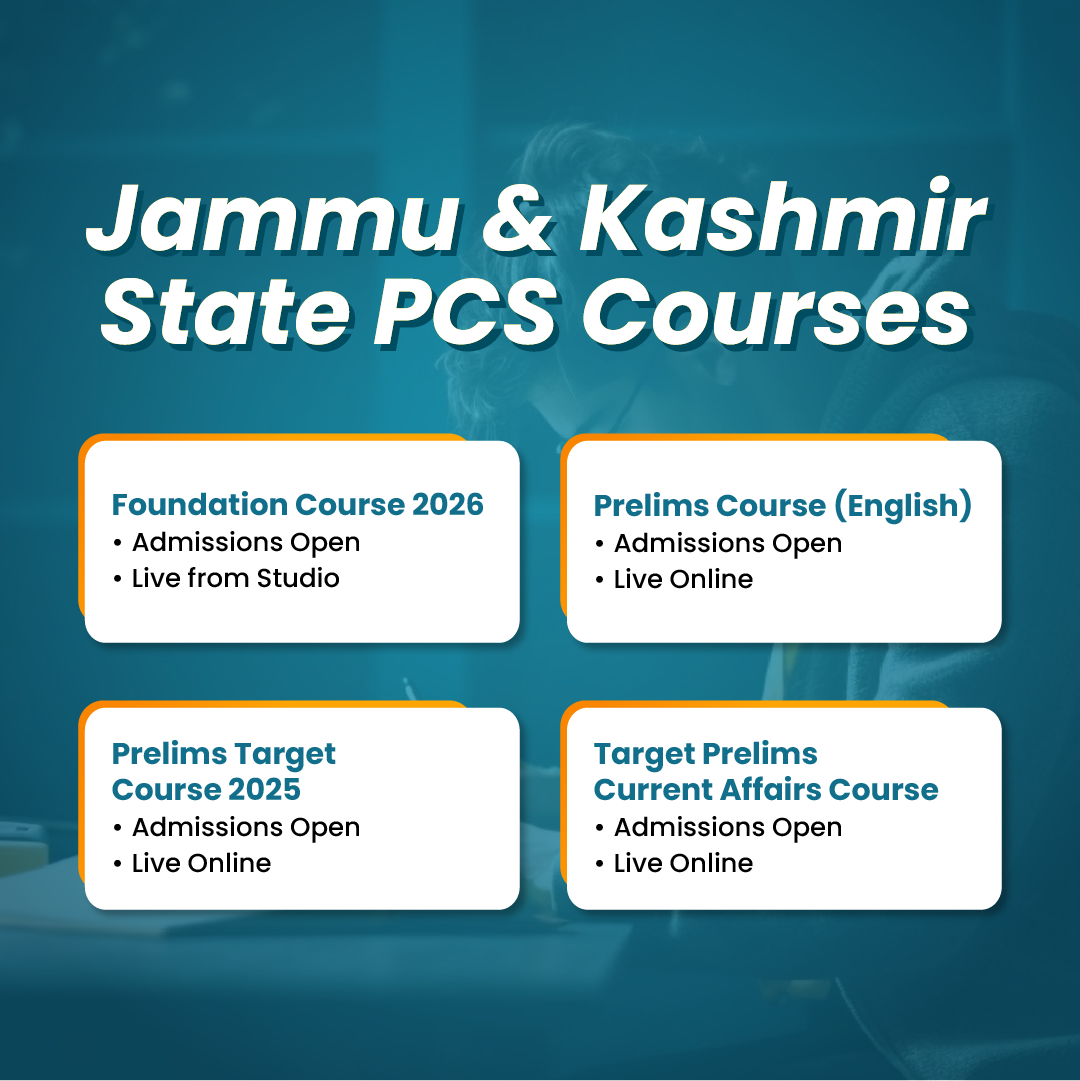

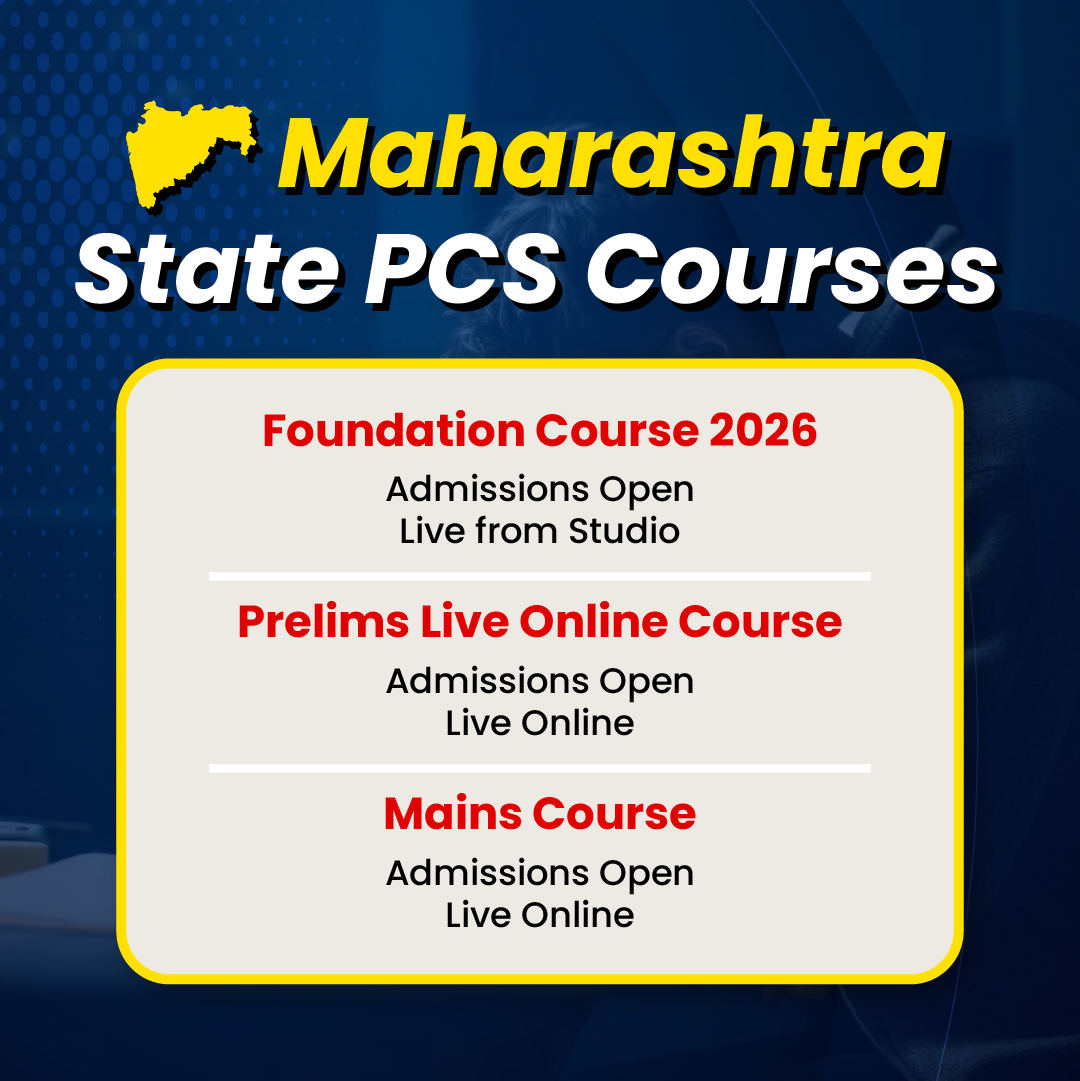

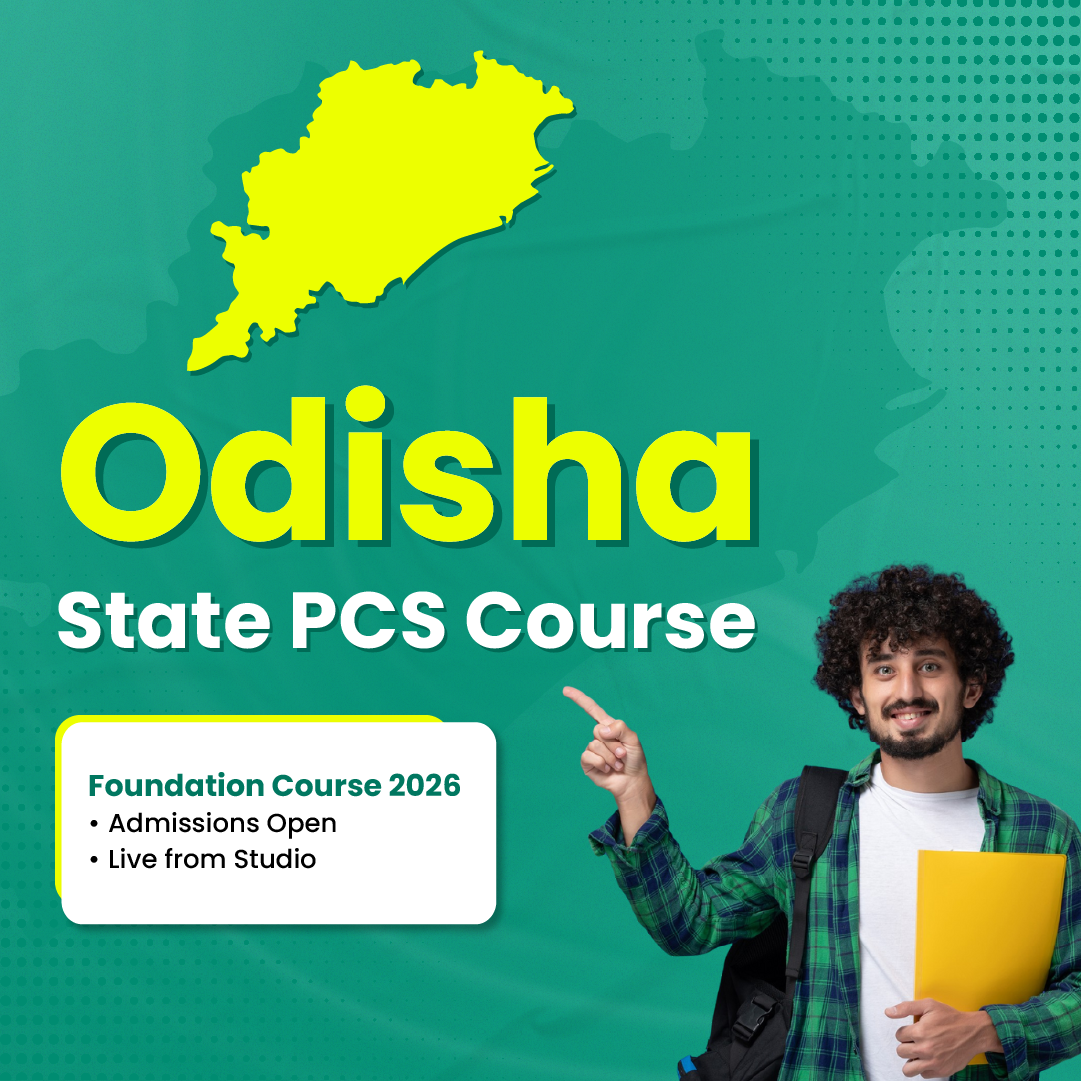



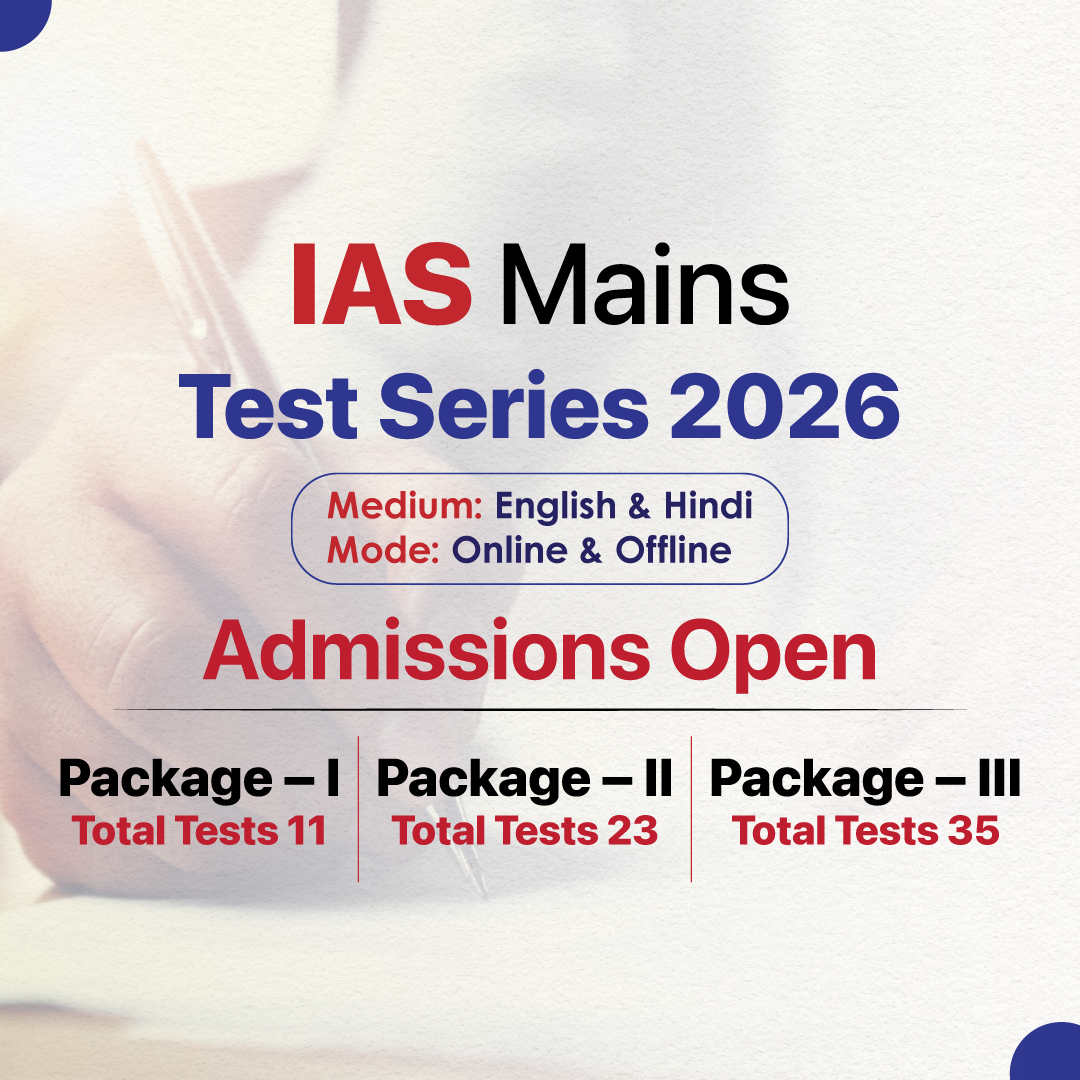

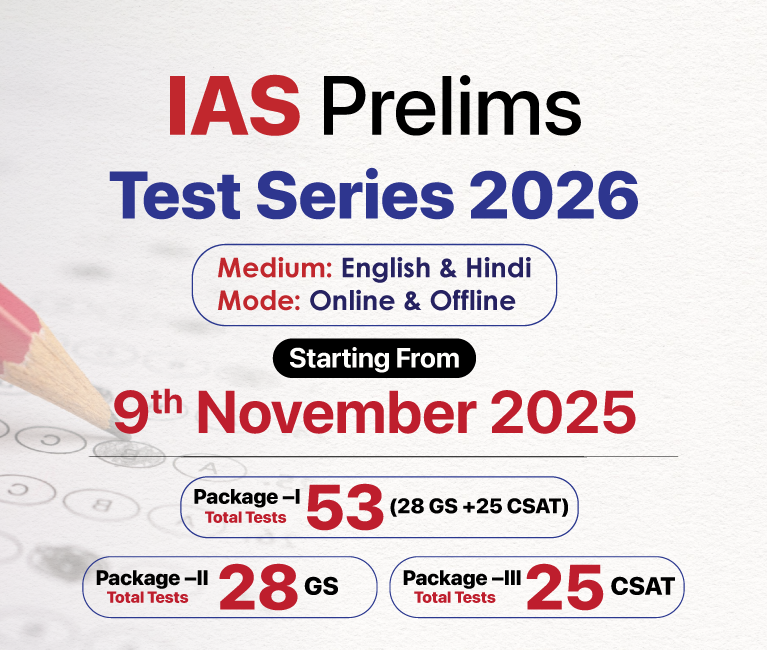

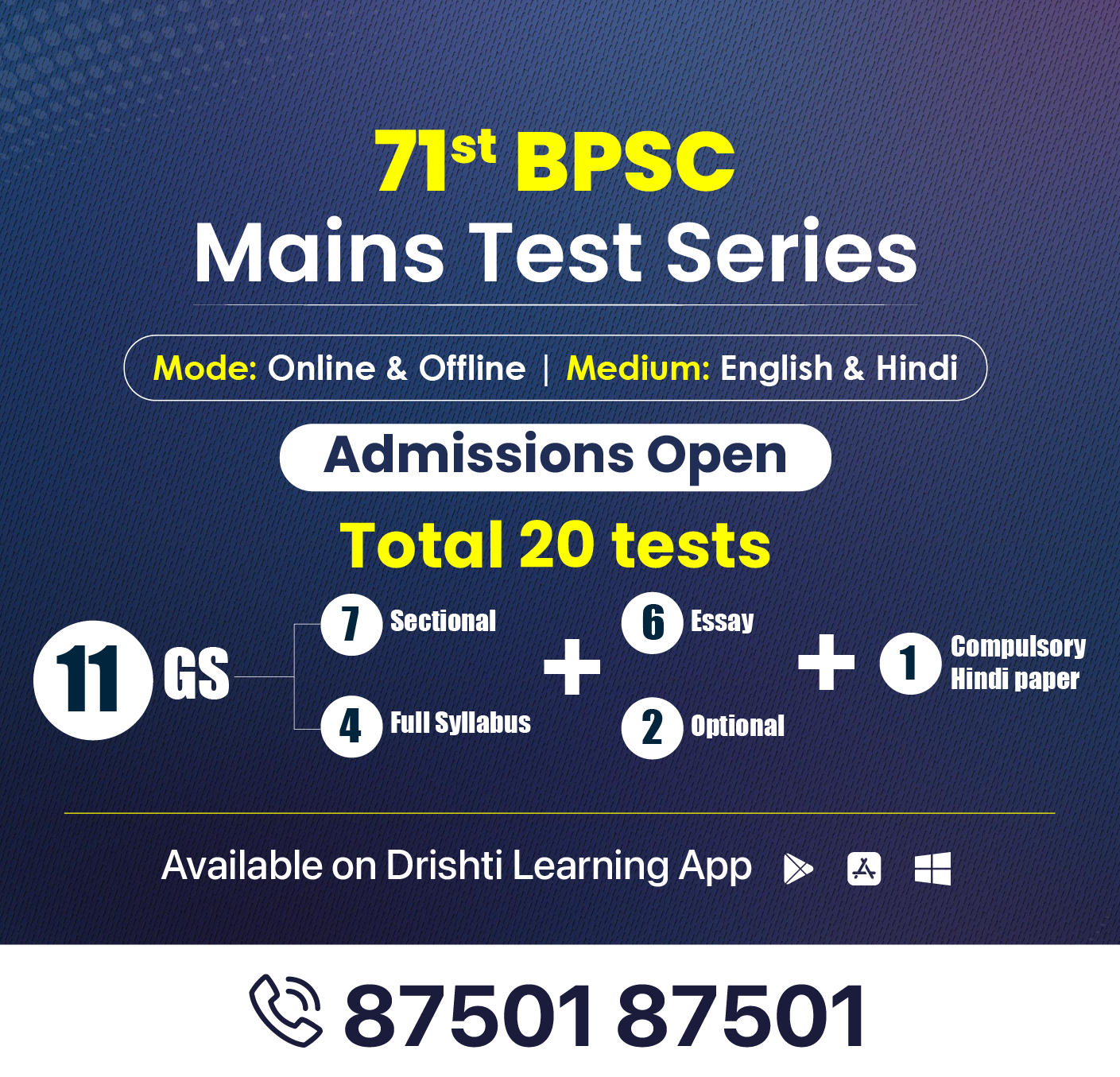
.png)
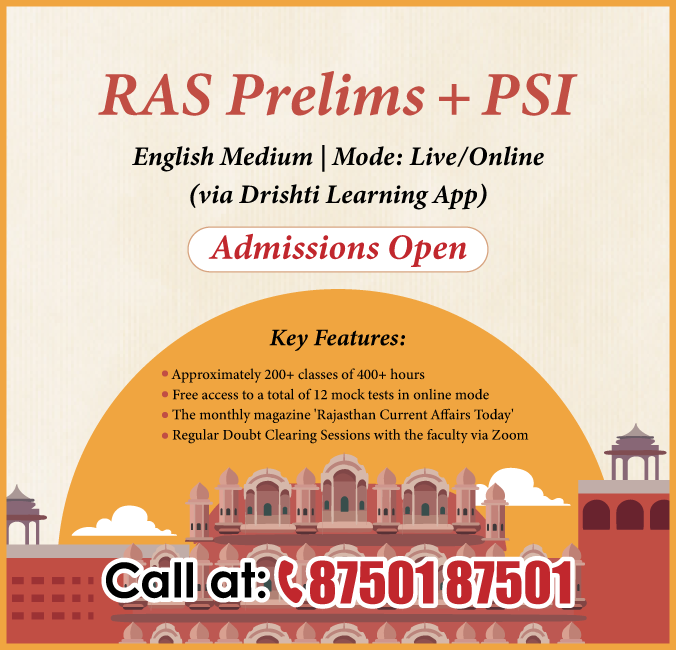

.jpg)

 PCS Parikshan
PCS Parikshan